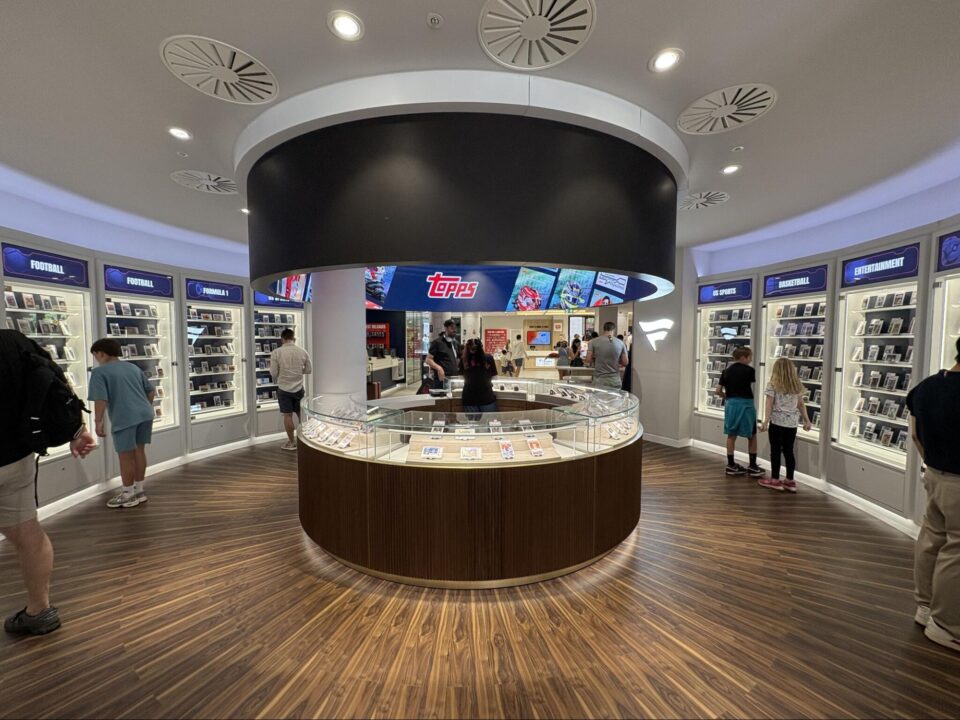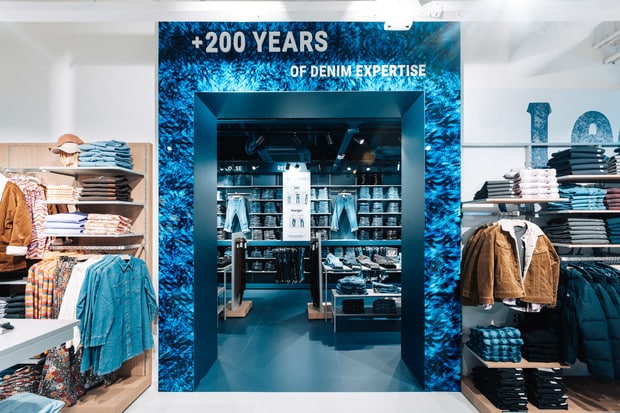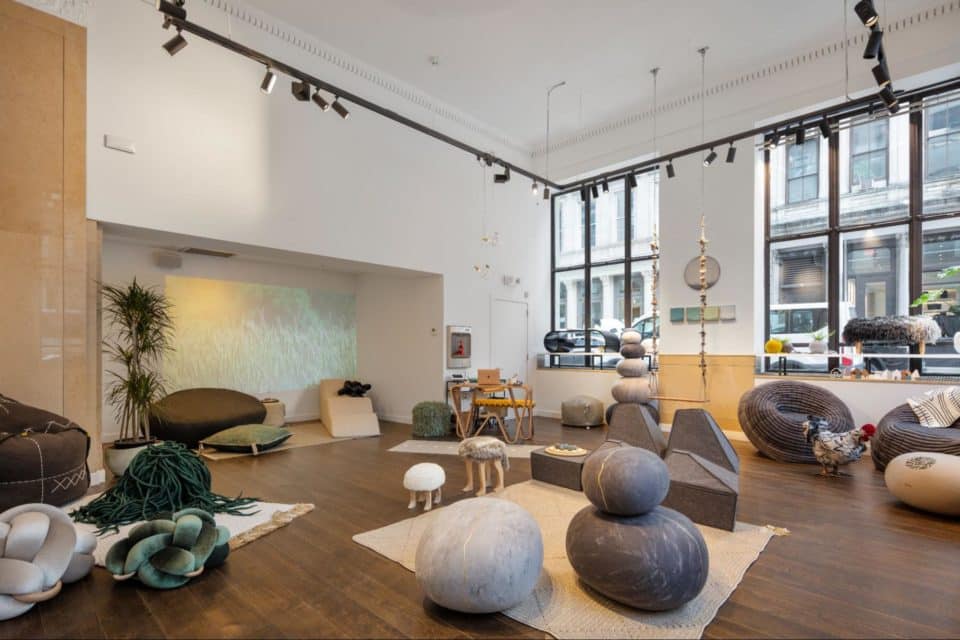Leading the way – how JLL is helping create the shopping centres of the future
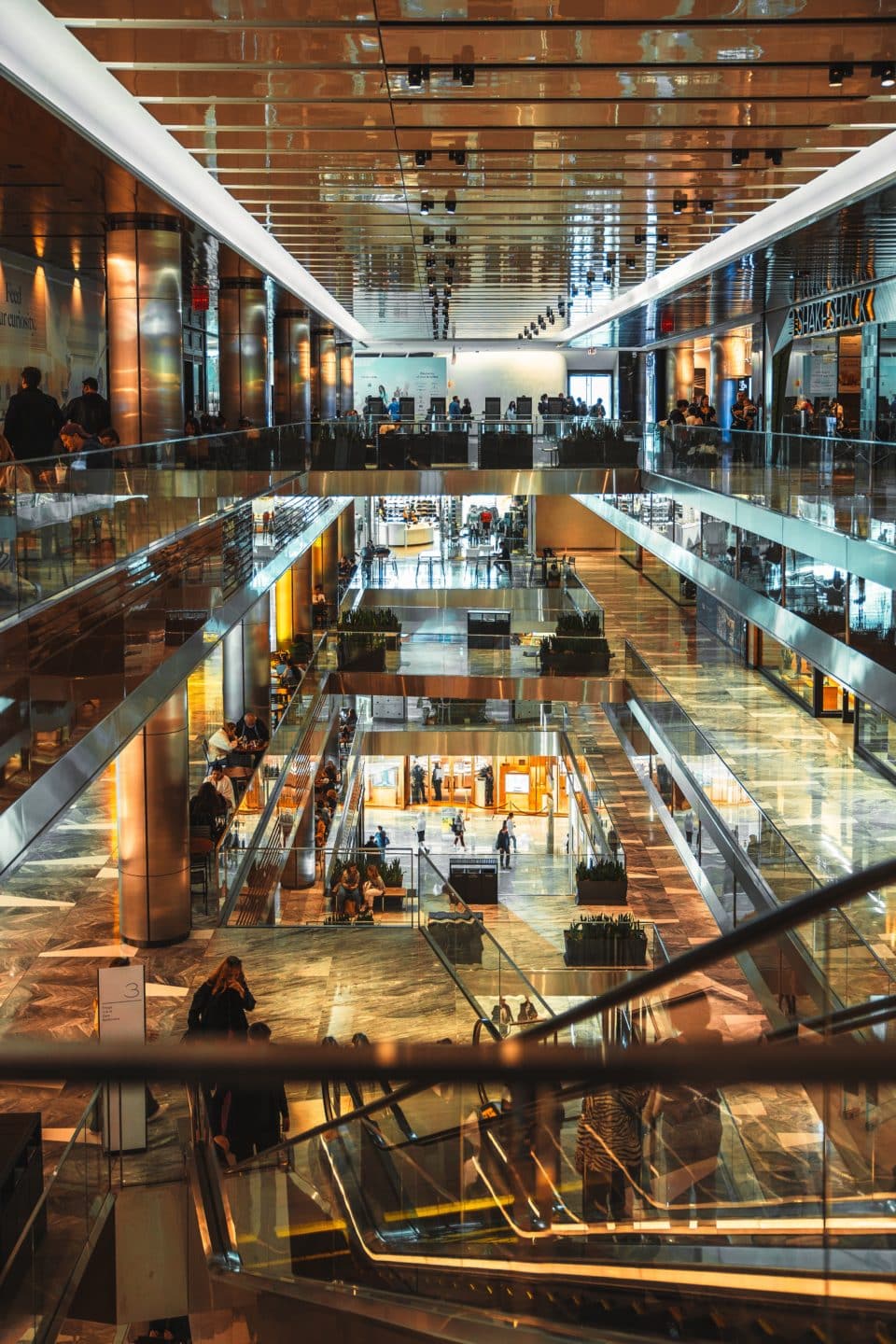
You may know JLL for its real estate and investment management chops, which includes a portfolio of top retail properties, but the company is also a leader when it comes to retail intelligence. These two sides of the coin mean JLL knows a thing or two when it comes to where retail is going next.
With this in mind, James Cook, Americas Director of Research, Retail, shares his insights on the conversations being had around shopping centres, the trends impacting them and where the future lies:
James Cook, Americas Director of Research, Retail, JLL
Could you describe your role in a nutshell?
I’m the director of retail research for the Americas. I oversee the thought leadership reports we produce around retail and retail real estate. Our clients are retailers or developers and owners of shopping centres and we work to help them understand and wrap their minds around the changing trends.
What sort of conversations are you having with clients at the moment?
I am having two distinct conversations with clients. Retailers that sell stuff that doesn’t work as well online for various reasons – maybe it’s cheaper to sell it in stores or it’s something that you need to touch and feel or it’s a bigger item that would cost a lot to ship – are expanding.
With owners of shopping centres, I’m having conversations around the tenant mix and what kind of amenities people want. We’re also having conversations with people whose anchor store might be a department store that’s going away and need to think about what to do with that space. It’s very site-specific as there’s so many different directions you can go with a newly vacant anchor space. Sometimes we think about food and beverage, sometimes we think about entertainment, sometimes we think about office space or back office space.
It really depends on where it is but the cool thing about shopping centres is most of them were built in places that are easy to access, have good parking and are around population nodes. So maybe you don’t have another department store that can fill that spot but it’s in a great location and there’s going to be some good use for it.
Comparing the situation in the US with the UK it’s quite different at the moment. We never had the development regulations and constrictions that the UK has had, so we have so many more shopping centres per capita. It meant that our high street crisis happened in the 60s, 70s and 80s. Our downtowns went dead and are now on the comeback. It’s cool to be downtown again. Now malls are thinking ‘how do we compete with the downtown?’ which is so funny because in the mid-60s and the 70s it was the exact opposite conversation.
Is there a lot of retail space available in shopping centres at the moment?
If you can open your store anywhere you can get some really cheap space. But many of the brands that are expanding have very specific requirements. There’s a lot of clicks-to-bricks retailers, such as Warby Parker, who don’t want to be in any old strip centre. They want to be in the best mall in the city. Those malls have very low vacancies. Even though overall there’s a good amount of vacant space in the US, the places where people want to be still have pretty low vacancy rates.
Is there any commonality that you can see among the centres that are doing well?
With shopping centres it seems like the ones that are most vital and can charge the highest rents have a compelling mix of the newest tenants that people find exciting and a very strong entertainment component and a very strong food and beverage component.
Another thing is that the top shopping centres are on a constant redevelopment cycle where after 15 or 20 years they’re doing a full refresh of their centre to remain relevant. A great example would be Century City which is a mall Westfield has in Los Angeles. They did a billion-dollar redevelopment programme and it’s currently one of my favorite malls in the US. They did so many interesting things, added great food and beverage, added in a whole lifestyle component with a health, workout and spa place and added in a virtual reality experience.
There are at least five VR concepts that I can think of that are expanding and are perfect for your class A shopping centres. You can lease out a relatively small box and then turn it into different worlds through software and people are going to pay $30 a person for a 15-minute experience. I think that’s going to be a huge new shopping centre component in the future.
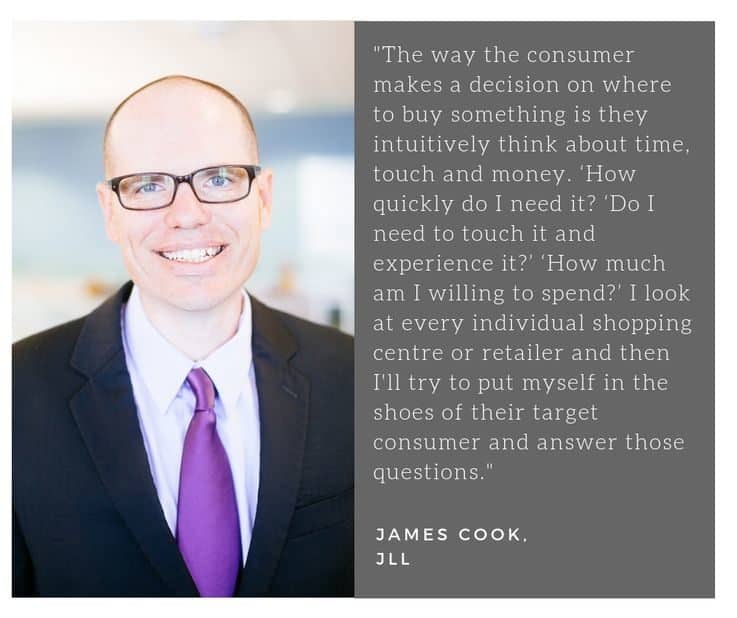
Is this a way of attracting a younger audience to shopping centres?
You can virtually hang out with your friends without leaving your home. These shopping centres are creating things that you can’t get in your home, that you have to physically go out to experience.
The other component is social media and specifically Instagram. In the past year everybody’s been thinking about having an Instagrammable component to their stores or creating Instagram experiences and having special areas for that. It’s about conspicuous experience. It’s not enough to have done something, you have to have a cool picture.
Are things changing in terms of the tech in shopping centres?
I think if you want to compete at a higher level and be the centre charging the highest rent you absolutely have to be offering all kinds of metrics that shopping centre owners in the 80s and 90s did not have to think about at all. But on the other hand, the owners of commodity retail space wouldn’t see the return on investing in sensors to track people and things like that. For them it’s just about leasing out the space and if a retailer wants metrics they are figuring that out on their own.
What are your thoughts on the new shopping centre models like Neighborhood Goods?
It’s retail as a service. The thing is to have a white label space, a mini department store if you will, that brands will then pay to be featured in. It’s very turnkey. The brand pays Neighborhood Goods a flat monthly fee and then they ship them the stuff and Neighborhood Goods sets it up and sells it for them.
All these digital native retailers can only reach so much market share selling online. I think there’s a great future for it. There’s Neighborhood Goods, there’s Fourpost, there’s Guest, there’s HiO – I think each of these individual players is doing it a little bit differently and they’re all so new that you don’t know which one is going to be successful. Somebody is going to figure out the model and it’s going to then be translated to multiple shopping centres.
What’s your take on the future of retail space?
The way the consumer makes a decision on where to buy something is they intuitively think about time, touch and money. ‘How quickly do I need it? ‘Do I need to touch it and experience it?’ ‘How much am I willing to spend?’ I look at every individual shopping centre or retailer and then I’ll try to put myself in the shoes of their target consumer and answer those questions.
In the US most families are still on a budget and that means the cheapest way to get things like groceries and a lot of value items is to buy them in the store. I feel really good about grocery stores. Aldi is expanding in the US right now, Lidl is expanding. At the same time department stores that would have been targeted at the middle class in the past seem to be falling away and then the higher end stores are offering an experience you can’t get online.
Are there any sort of cultural, social or environmental trends that you’re paying attention to?
I’m always refining and revising our point of view on things like driverless cars and robotics and how that’s going to affect shopping patterns. Here in the US there are several driverless car companies that are actively testing driverless cars out in the market. But if you start to dig into it, in order for my Uber or my taxi to be fully automated it’s got to be at what they call Level 5 automation. I would say we’re 15 to 25 years away from Level 5 automation.
I think the impact of driverless cars isn’t huge. I’m encouraging people to not worry about that. But there has been a big impact from Uber and Lyft and the ride share services. I think Westfield’s been smart. They’ve been putting in Uber lounges in a lot of their shopping centres, nice hangout areas, designated drop-off and pick-up areas. There is such a car culture in the US that it’s going to take a big change before shopping centres really have to start thinking about reducing the amount of parking that they have.
That said, a lot of our shopping centres are looking at adding more mixed use and taking some of those big parking lots and putting apartment buildings or offices on them to try to turn the centre from just pure shopping to a whole live, work and play environment. That’s really happening at the kinds of shopping centres that are already attractive.
Another thing I’m thinking about is health and wellness. Fitness centres are a big area of growth right now in the US. The first archetypal shopping centre was called Southdale in Minneapolis. It’s still up-and-running and they are going through a redevelopment right now and part of that is a big high-end fitness component. There’s going to be a whole fitness centre and spa, like a really nice health club attached to the mall.
How is physical retail moving beyond the store? Find out here.
The world of retail is changing too fast for you to wait around. Be ready for what comes next by booking a future of retail presentation.

